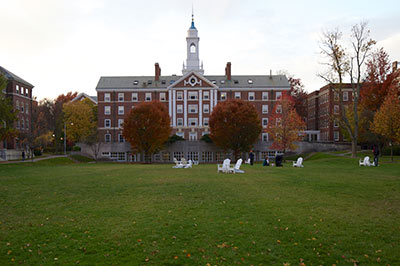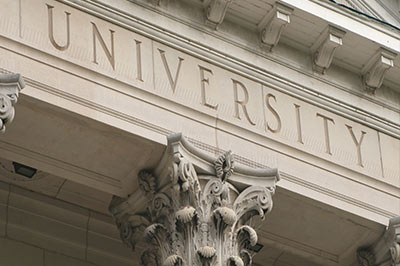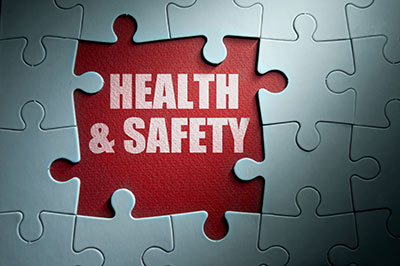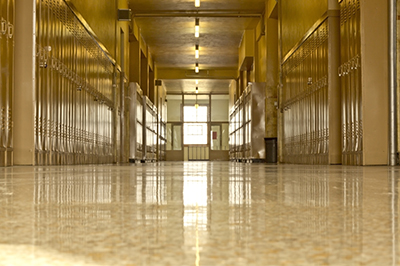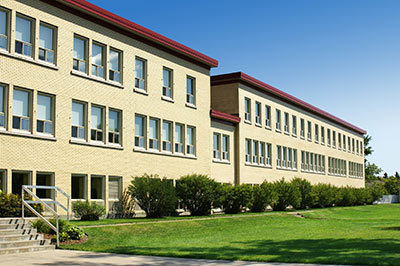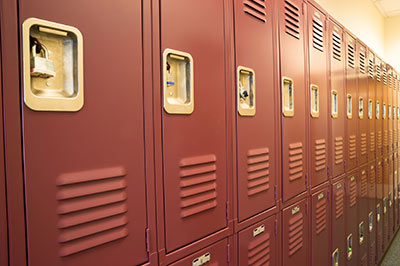Dortch, 2013
By some measures, the United States spent over $55.4 billion on new construction, additions, and alterations in public elementary and secondary schools and public and private postsecondary institutions in 2011. Although state and local governments are traditionally responsible for the majority of facilities in public K-12 schools and postsecondary institutions, the federal government also provides some direct and indirect support for school infrastructure. Facilities at private institutions are funded primarily by donations, tuition, private foundations, endowments, and governments. The largest federal contributions are indirect—the forgone revenue attributable to the exemption of interest on state and local governmental bonds used for school construction, modernization, renovation, and repair; and other tax credits.
Federal direct support for school infrastructure is provided through loans and grants to K-12 schools serving certain populations or K-12 schools with specific needs. There are grant programs for schools with a high population of students who are Alaska Natives, Native Hawaiians, Indians, children of military parents, individuals with disabilities, or deaf. Funding is also available to schools affected by natural disasters or located in rural areas. And there are programs to encourage the development of charter schools. Although the Department of Education administers several of the grant programs funding facilities at elementary and secondary schools, other agencies, such as the Department of the Interior and the Department of Defense, also administer programs.
At the postsecondary level, there are several programs to support institutions of higher education that serve large low-income or minority populations and to support research facilities. The allowable uses of funds in the programs authorized primarily by Titles III and V of the Higher Education Act of 1965, as amended, variously include construction, maintenance, renovation, and improvement of instructional facilities and acquisition of land on which to construct instructional facilities. There are programs administered by the U.S. Department of Education and other agencies, such as the National Endowment for the Humanities and the U.S. Department of Commerce, that support postsecondary research facilities, facility renovations at minority-serving postsecondary institutions, telecommunications, disaster relief at postsecondary institutions, and other uses.
This report provides a short description of federal allowances and programs that provide support for the construction or renovation of educational facilities. The allowances and programs are organized by the agency that administers or regulates the program. Appropriations and budget authorities are included for FY2012 and FY2013. These programs exist in various forms and responsibility for their administration is spread across many agencies; thus, the list of programs presented should not be considered a fully exhaustive list of all federally funded programs that support school facilities and infrastructure at least in part.
View Report

